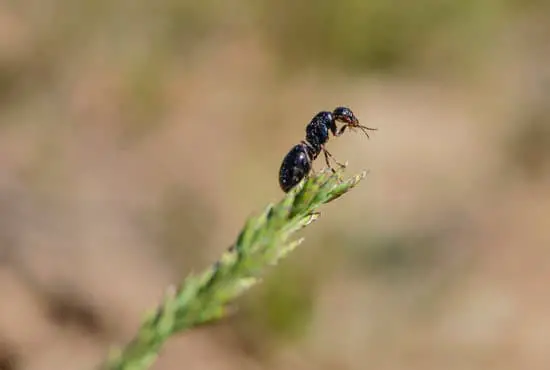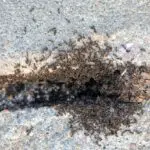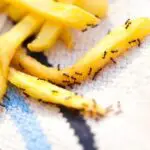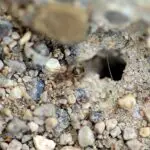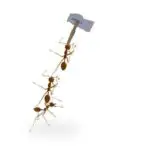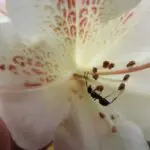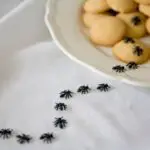How Much Oxygen Do Ants Need?
Unlike mammals, ants don’t have a tidal respiratory system. They are instead able to breathe through tiny holes called spiracles on their bodies. These spiracles are connected by tubes called tracheae to the ant’s inner body.
Spiracles are also responsible for regulating the amount of oxygen that flows in and out of the ant’s body. This allows the ant to stay alive for up to 24 hours without oxygen.
When ants fall into water, they will close their spiracles to stop water from entering their bodies. This allows them to survive for a long time. In fact, some species of ants can survive for up to 14 days underwater.
The haemolymph of ants contains nutrients and hormones that allow the ant to survive. In addition, the ant heart pumps colorless blood from the head to the body.
Tracheae are connected to a membrane that is connected to the cells of the ant’s body. These tracheae are also responsible for distributing air directly to the cells of the ant. These tubes eliminate the need for the ant to use muscles to draw air into its body.
In addition, the ant has a heart that pumps oxygen and carbon dioxide around the ant’s body. These gases are then diffused out of the ant’s body through the same tubes.
There are 10 pairs of spiracles throughout the body of an ant. When the ant needs to breathe, it closes its spiracles. Alternatively, it can float in water without oxygen.
